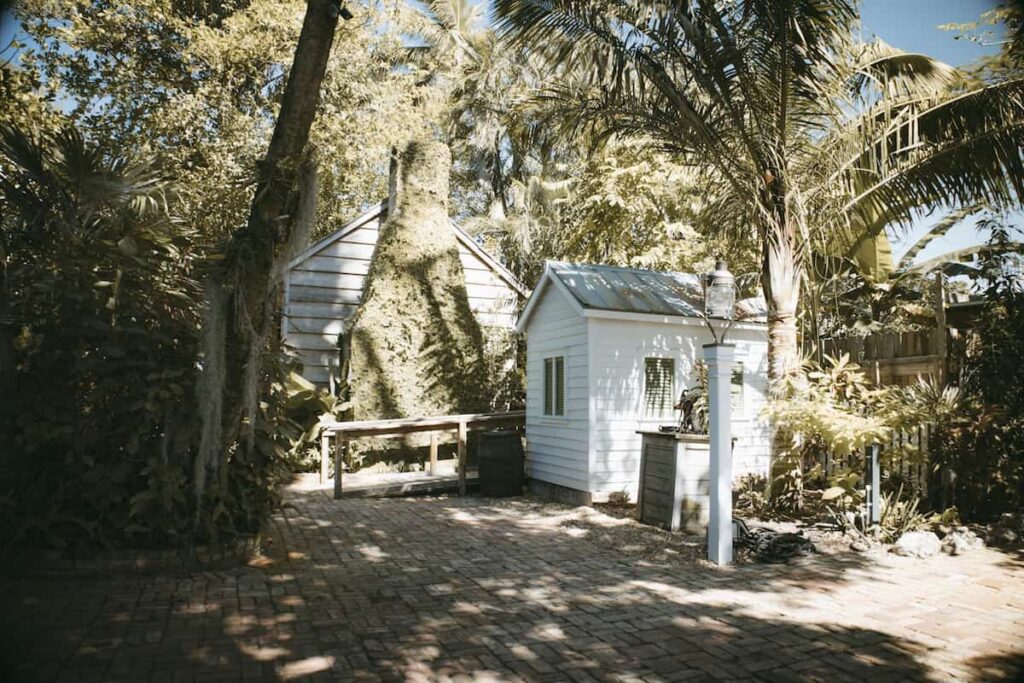Building a shed can be a great project for anyone who needs extra space for storage or work. It’s worth noting that sheds can be quite expensive. However, doing this on a budget can seem tough at first. Materials and tools can cost a lot, and if you’re not careful, the total price can quickly add up and cost more than if you were to buy a prebuilt one.
This is why it’s key to plan well and find ways to save money without cutting corners on quality. These days, saving money around the house has become more important than ever. Every penny counts, and building a shed should not break the bank. In this article, we will go over how to build a shed and still stick to your budget.
1. Use cost effective materials
When building a shed on a budget, selecting the right materials is the most important thing you can do. Wood, metal, and plastic are the most common materials used for sheds, and each has its benefits and price points.
Wood is often preferred for its natural look and ease of customization. However, it requires maintenance to prevent decay and insect damage. Metal, such as aluminum or steel, offers durability and resistance to pests but can be more expensive and prone to rust if not properly treated.
Plastic sheds, made from vinyl or resin, provide a low-maintenance option but may not be as sturdy or customizable as wood or metal.
For windows, choose economical cut-to-size plexiglass sheets. These are not only more affordable than traditional glass but also lighter and less prone to breaking, making them a cost-effective and durable choice for letting natural light into your shed.
2. Design it well
Before you get started on building the shed, you’ll save yourself money in the long run by designing it well. Selecting a simple yet functional design for your shed is a smart way to keep costs down while meeting your storage or workspace needs.
If you aren’t very good at visualizing plans for a building, you can find inspiration online. There are many free or low-cost shed plans available on websites and forums dedicated to DIY projects. They often share detailed plans for various types of sheds. These plans include dimensions, required materials, and sometimes step-by-step instructions. Look for a plan that closely matches your needs and the space you have available.
Once you’ve found a plan, you might need to adjust it to fit your budget. For example, if the plan calls for expensive materials, you might substitute them for more affordable options. Or, if the design includes features you don’t need, like windows or a complex roof style, consider simplifying these elements to save money.

3. Start with the foundation
There are quite a few options to choose from for the foundation to build upon. Concrete slabs, piers, and skid foundations are the most common types, each with its own set of benefits and cost implications.
Concrete slabs provide a solid and durable foundation, ideal for larger sheds or areas with heavy moisture. However, pouring a concrete slab can be expensive due to the materials and labor involved. If your shed needs a sturdy base and you’re prepared for a bit of hard work, try mixing and pouring the concrete yourself to save on labor costs.
Pier foundations give you a less expensive alternative to concrete slabs. When you build pier foundations similar to a deck you’ll get good stability and are especially suitable for uneven terrain.
Skid foundations are the most budget-friendly option and involve laying beams or treated lumber directly on the ground. This method is best for smaller sheds or temporary structures. Skids are quick and easy to set up, requiring minimal materials and no excavation.
4. Interior setup
With a bit of creativity and some DIY spirit, you can create a highly functional space inside the shed without spending a lot of money. The key is to make the most of what you have and to think outside the box for storage solutions.
For shelving, instead of buying expensive units, build your own. You can use reclaimed wood or inexpensive brackets and plywood to construct shelves that fit your exact needs.
Another budget-friendly idea is to repurpose old furniture or storage units. Look around your home for items you no longer need, or visit yard sales and thrift stores. An old bookcase, for example, can be a great place to store gardening supplies or tools.




